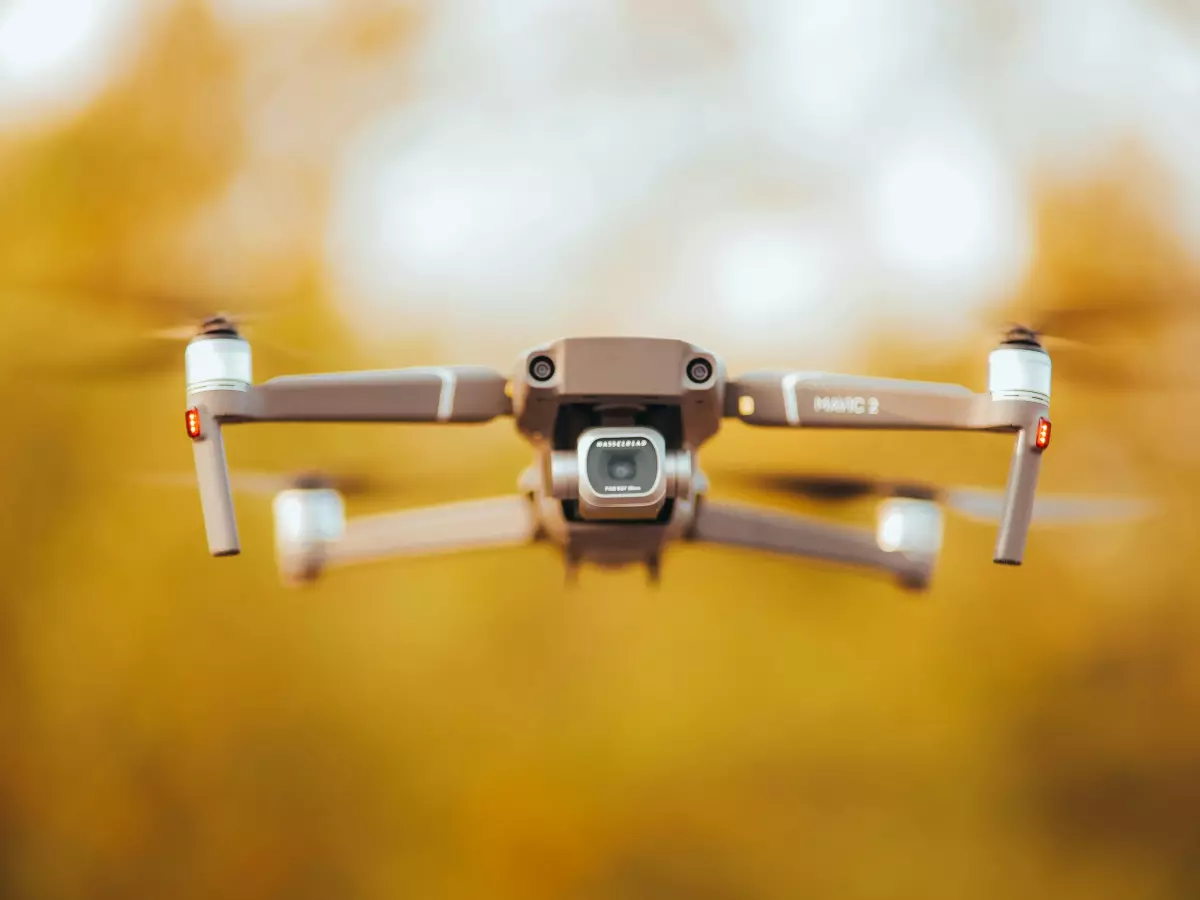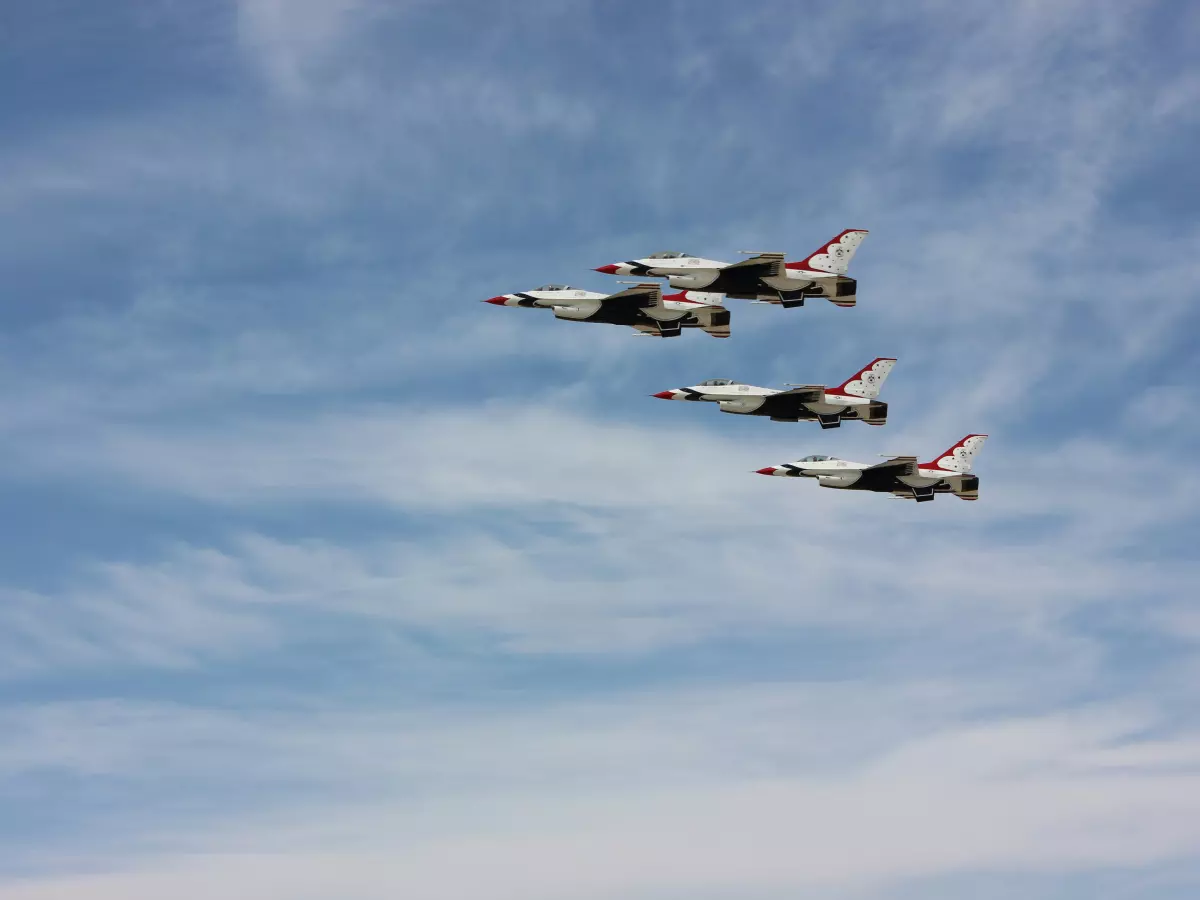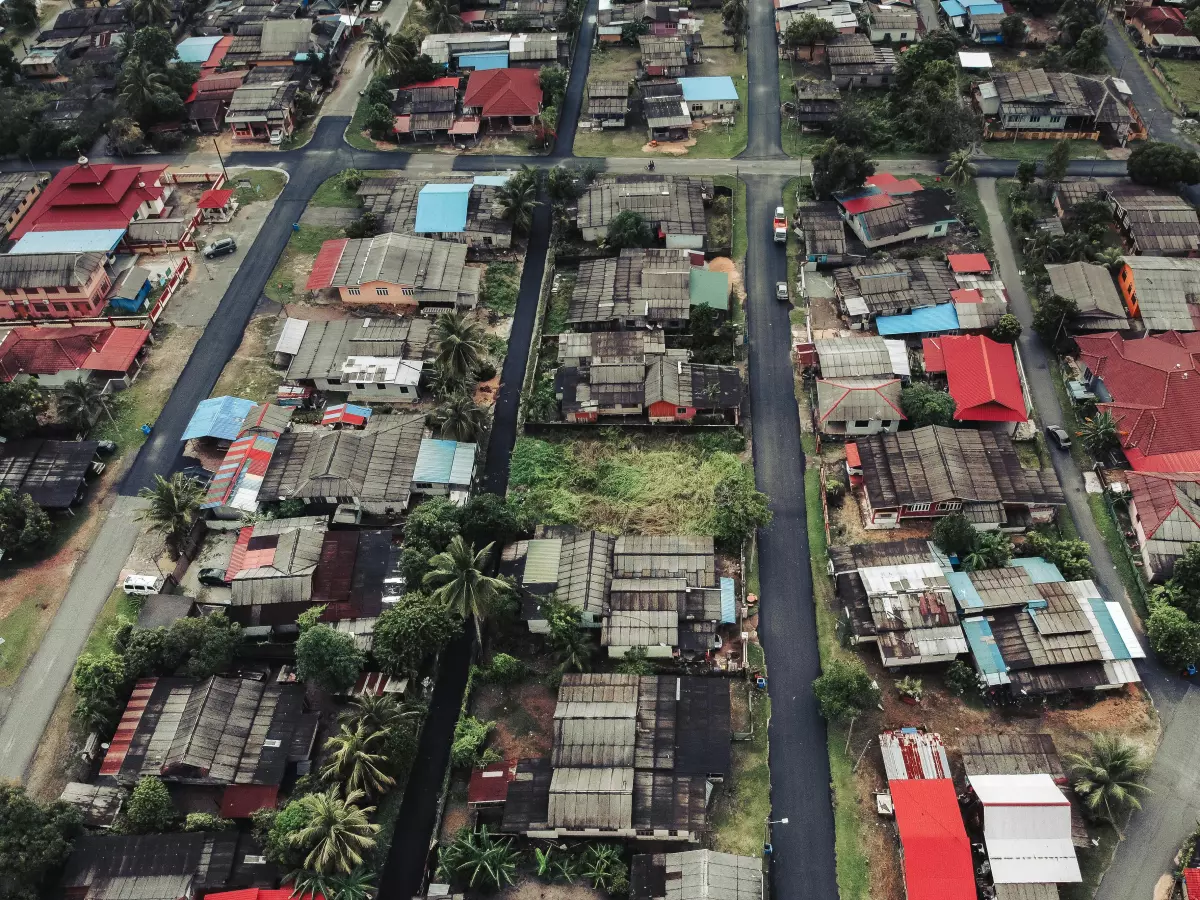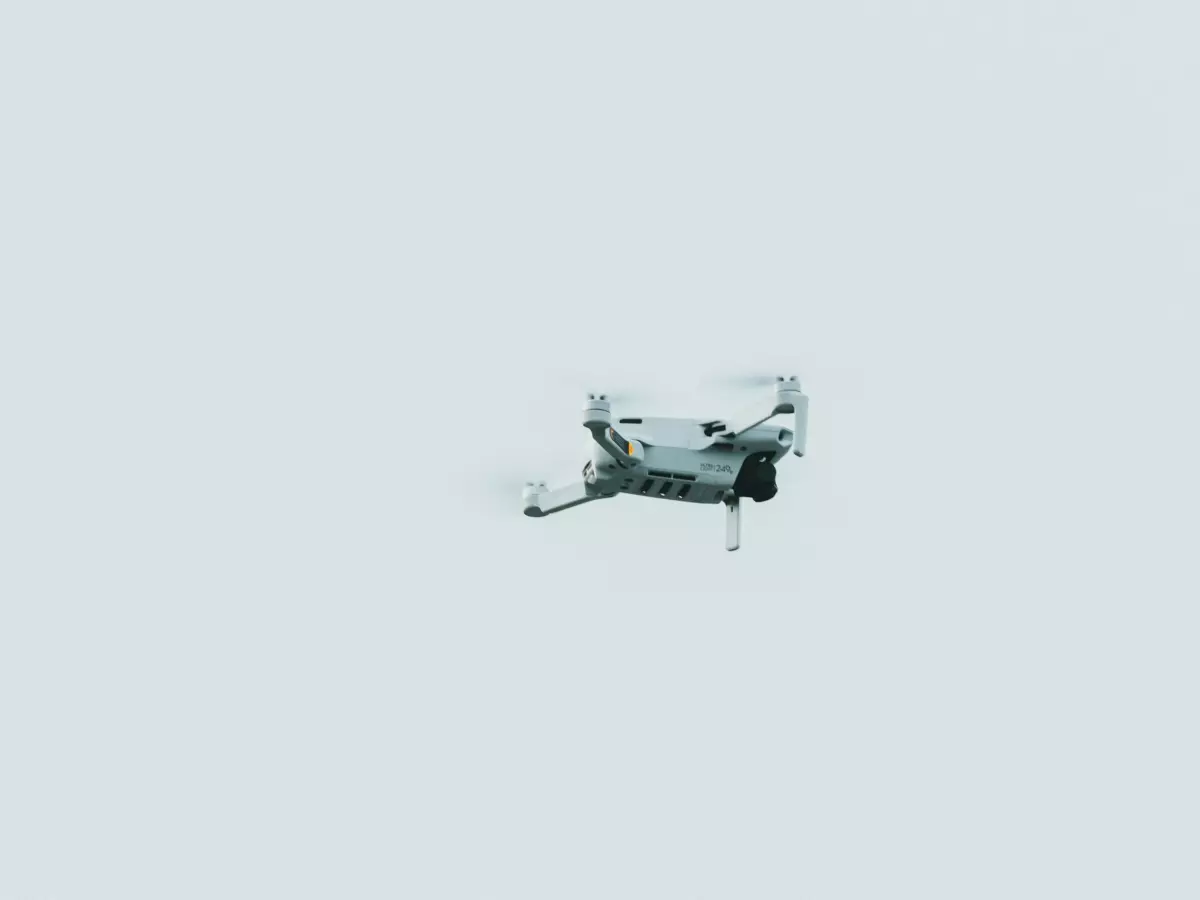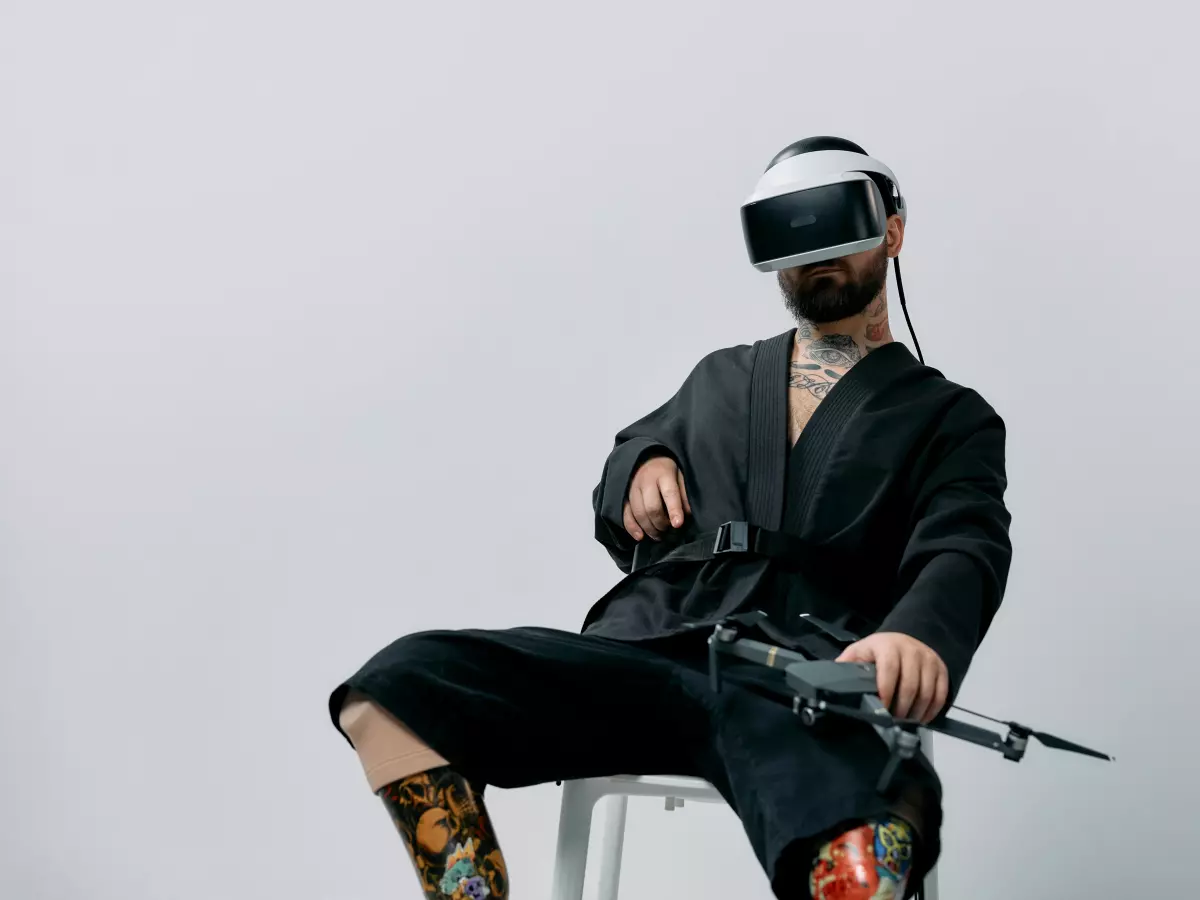Predictive Control
Ever wonder if your drone is secretly psychic? Well, it’s not reading your mind, but it’s definitely predicting its next move.
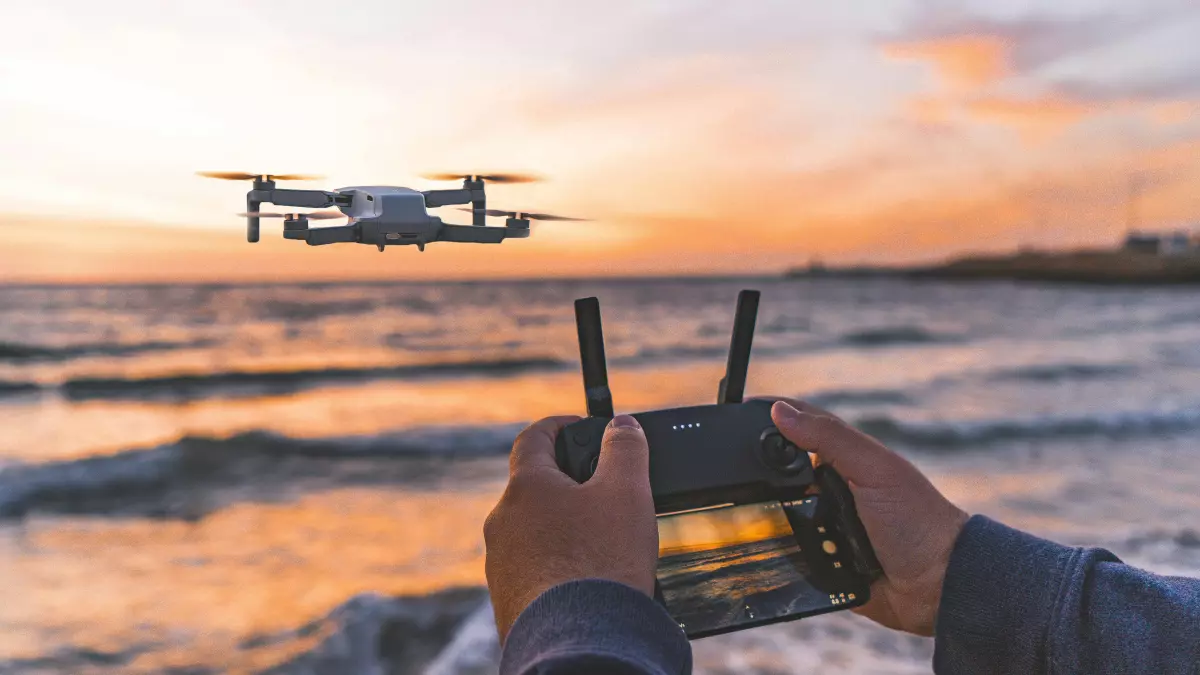
By Kevin Lee
According to Dr. John Smith, a leading expert in autonomous systems, predictive control is the next frontier in drone technology. He says, “The future of drone autonomy lies in the ability to anticipate and adjust to environmental changes in real-time.” Sounds fancy, right? But let’s break it down. Predictive control is basically your drone’s way of looking into the future—well, a few milliseconds into the future—and making decisions before things even happen.
Now, if you’re thinking, “Wait, how does my drone even do that?”—you’re not alone. The magic behind this futuristic flight control comes from the combination of sensor fusion and some seriously advanced algorithms. Your drone isn’t just flying blind; it’s constantly gathering data from multiple sensors—think cameras, GPS, accelerometers, and gyroscopes—and fusing that data to create a real-time picture of its surroundings. But here’s the kicker: it’s also using that data to predict what’s going to happen next.
What Exactly Is Predictive Control?
Let’s get a little technical for a second. Predictive control is a method used in control systems where the system anticipates future states and adjusts its actions accordingly. In the case of drones, this means your drone is constantly calculating its future position, speed, and orientation based on the data it’s receiving from its sensors. It’s like your drone is playing a game of chess, always thinking a few moves ahead.
For example, if your drone detects a gust of wind coming its way, it doesn’t wait to get blown off course. Instead, it predicts how that wind will affect its flight path and adjusts its motors accordingly to stay on track. This ability to anticipate and correct for environmental changes in real-time is what makes predictive control so powerful.
Sensor Fusion: The Key to Prediction
At the heart of predictive control is sensor fusion. Your drone is equipped with a variety of sensors, each providing different types of data. The GPS tells it where it is, the accelerometer tells it how fast it’s moving, the gyroscope tells it its orientation, and the camera gives it a visual of its surroundings. But individually, these sensors are limited. GPS, for example, can’t tell your drone if there’s a tree in its path. That’s where sensor fusion comes in.
Sensor fusion is the process of combining data from multiple sensors to create a more accurate and comprehensive understanding of the environment. By fusing data from its GPS, accelerometer, gyroscope, and camera, your drone can not only know where it is and how fast it’s moving, but also what obstacles are in its path and how to avoid them. And with predictive control, it can do all of this before the obstacle even becomes a problem.
How Does It All Work Together?
So, how does predictive control and sensor fusion work together to make your drone fly smarter? Let’s say your drone is flying through a forest. It’s using its GPS to navigate, its accelerometer to monitor its speed, and its camera to detect obstacles like trees. As it flies, it’s constantly fusing this data to create a real-time map of its surroundings. But it’s not just reacting to the data—it’s predicting what’s going to happen next.
If the drone detects a tree up ahead, it doesn’t wait until it’s right in front of it to change course. Instead, it predicts how fast it’s moving, how close the tree is, and how much time it has to avoid it. Then, it adjusts its flight path accordingly, all in a matter of milliseconds. This ability to predict and adjust in real-time is what makes predictive control so powerful and why it’s becoming a key feature in modern drone systems.
Why Predictive Control Matters
So, why should you care about predictive control? Well, for starters, it makes your drone flights smoother and more precise. By predicting and adjusting for environmental changes in real-time, your drone can maintain a steady flight path even in challenging conditions like strong winds or crowded environments. This means fewer crashes, more stable video footage, and overall better performance.
But predictive control isn’t just about making your drone fly better—it’s also about making it more autonomous. The more your drone can predict and adjust on its own, the less input it needs from you. This opens the door to fully autonomous drones that can navigate complex environments without any human intervention. Imagine sending your drone on a mission to map a forest or inspect a building, and it’s able to complete the task entirely on its own, thanks to predictive control.
The Future of Drone Autonomy
As drone technology continues to evolve, predictive control will play an increasingly important role in making drones more autonomous and capable of handling complex tasks. Whether it’s delivering packages, inspecting infrastructure, or conducting search and rescue missions, drones with predictive control will be able to navigate challenging environments with ease and precision.
So, the next time you send your drone up into the sky, just remember: it’s not just flying—it’s predicting. And that’s what makes it so smart.
